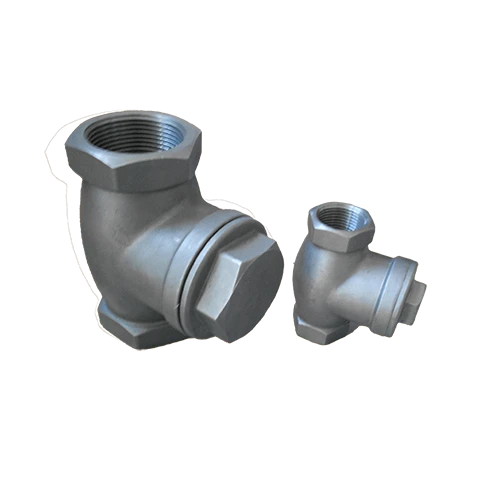Mobile:+86-311-808-126-83
Email:info@ydcastings.com
valve body
Understanding Valve Bodies The Unsung Heroes of Modern Machinery
In the realm of engineering and automotive design, many components are often overlooked despite their vital roles in a vehicle’s functionality. One such component is the valve body, a critical element of automatic transmissions. This article delves into the intricate world of valve bodies, exploring their design, function, and importance in ensuring vehicles operate smoothly and efficiently.
What is a Valve Body?
At its core, a valve body is a complex assembly of channels and passages that directs fluid — typically transmission fluid — within an automatic transmission. This assembly controls the flow of transmission fluid to various components, allowing for smooth gear shifts, optimum performance, and the overall functionality of the vehicle's powertrain.
The valve body is often referred to as the brain of the transmission because it is responsible for several crucial tasks, including controlling fluid pressure, directing fluid to the appropriate servos, and coordinating gear shifts based on the vehicle’s speed, throttle position, and load conditions.
The Design of Valve Bodies
Valve bodies are intricate and remarkably engineered parts, often cast from aluminum or magnesium to reduce weight and improve heat dissipation. The design involves numerous bores and passages that help regulate the flow of fluid. These passages are either open or blocked by various valves, which are activated mechanically or electronically based on the vehicle's requirements.
Modern valve bodies have evolved significantly with advancements in technology and are often equipped with solenoids and sensors. These components enhance their functionality, allowing for more responsive shifts and improved fuel efficiency. The incorporation of electronic controls has led to the development of adaptive transmission systems that learn from driving patterns and adjust accordingly for optimal performance.
The Function of Valve Bodies
valve body

The primary function of a valve body is to manage hydraulic pressure and fluid flow. When a driver accelerates, the transmission control unit (TCU) sends signals to the valve body to direct fluid to the appropriate areas, allowing for a smooth gear change. This process involves a delicate balance of pressure, timing, and hydraulic power.
Moreover, the valve body also plays a pivotal role in the vehicle's ability to go into reverse and its engagement in various driving modes, such as sport or eco. The ability to adapt to different driving conditions makes the transmission's performance more versatile and responsive.
Importance in Automotive Performance
A well-designed valve body is crucial for the longevity and efficiency of an automatic transmission. Problems within the valve body can lead to erratic shifting, slipping gears, or even complete transmission failure. Common issues include sticking valves due to wear and tear, clogged passages due to debris build-up, and solenoid failures. These problems not only hinder vehicle performance but can also lead to costly repairs if not addressed promptly.
Routine maintenance, such as fluid changes and inspections, can help ensure the longevity of the valve body and the entire transmission system. Additionally, understanding the function and importance of the valve body can aid in troubleshooting various transmission issues.
Conclusion
In summary, the valve body is an indispensable component of automatic transmissions, functioning as the control center for fluid mechanics within the system. Its intricate design and critical functions make it essential for the smooth operation of modern vehicles. As automotive technology continues to advance, the valve body plays an increasingly significant role in enhancing performance, efficiency, and the overall driving experience. Recognizing its importance can lead to better maintenance practices and a deeper appreciation for the complexities of automotive engineering.
In the journey of automotive evolution, the valve body may remain an unsung hero, but its contributions to vehicle performance and reliability cannot be overstated. Through advancements in technology and engineering, the future of valve bodies looks promising, promising further innovations that will continue to improve our driving experiences for years to come.
-
What Makes Stainless Steel Pump Casting Essential for Modern Industries?NewsJul.14,2025
-
Revolutionize Your Engine Maintenance with Premium Aluminum and Cast Iron ComponentsNewsJul.14,2025
-
Precision Flow Engineering Starts with the Right Pump ComponentsNewsJul.14,2025
-
Maximize Efficiency: Explore Reliable Containment and Crop SolutionsNewsJul.14,2025
-
Discover Superior Performance with Advanced Turbo ComponentsNewsJul.14,2025
-
Boost Fluid Dynamics with Precision-Engineered Pump ComponentsNewsJul.14,2025











